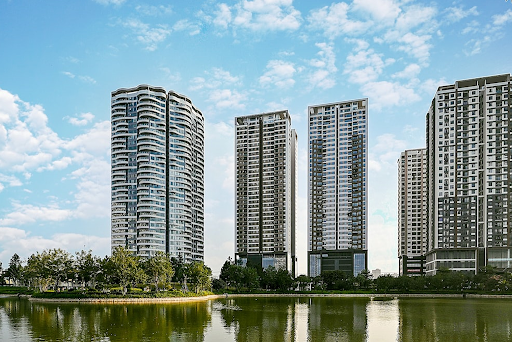Water supply to multi-residential buildings has its own specific features, taking into account the need to calculate all carriers and the number of pipes. The design of the building and the general scheme of the water supply system should be calculated in such a way as to evenly supply liquid to each apartment. Old communications can no longer cope with the increased needs of residents, says McCourt Property Management. Designing water supply in a multi-family building is a primary task for further replacement of unusable highways.
When studying the internal structure of the pipe complex, it’s necessary to take into account not only cold water but also heat supply pipes. Hot liquid pipes have increased requirements for wear resistance and pressure tolerance. For a high-quality installation, it’s vital to make preliminary calculations. This will eliminate resource overruns.
Table of Contents
Plumbing Maintenance
The first stage of plumbing work should ideally be the wiring of the pipeline in all apartments. You can change the sewer pipes at the same time. Pipes laid under the floor or in walls must be insulated with special insulation in the form of a corrugated pipe. This should be done in order to protect the floor and walls from the destruction caused by the accumulation of condensate and thermal expansion of the pipe. Besides, the insulation protects the pipe itself from mechanical damage.
When replacing heating pipes, it’s better not to change both their slope and their location in the building, if this isn’t particularly necessary. In case of redevelopment of the apartment or changing the very principle of the system, it’s better to ask for expert advice to avoid air jams. In an apartment building, you shouldn’t place sewer risers inside the wall, as they need to be freely accessible. You can close the risers located in the process mines and also install water meters (hot and cold ones).
You need to pay attention to the choice of plumbing. In particular, it applies to the material from which water and sewer pipes are made. Now, the most popular pipes are made of plastic: they are durable and inexpensive. Their variety is metal-plastic pipes. However, it’s better not to place them on walls or floors, as the design features of their fittings suggest that rubber seals will lose their elasticity over time. As a result, there is a violation of the tightness of the entire system. Therefore, it’s necessary to periodically tighten the connection of fittings.
It’s a good idea to contact a special company for Plumbing Services. It can help you to save money on future plumbing maintenance in a multi-residential building.
Pipes and Sewers
Sometimes during plumbing work, you can’t do without steel pipes. It’s better not to expose them to the danger of hot welding, as the anti-corrosion layer can collapse, and as a result, their service life will be reduced. Copper pipes are used in heating systems that operate independently and have a special heat carrier. However, they can’t be installed in the water supply, because the water contains harmful chlorine for them.
Plastic pipes are often used as sewers. They are also made from polyethylene, polypropylene, and polyvinyl chloride. Polyethylene pipes have thick walls, so they have high strength and sound insulation characteristics. There is no pressure in sewer systems, so the requirements for tightness are low. Pipes are connected in the sockets with rubber seals, which makes their installation work simple and not time-consuming. By choosing the right pipes, you will forget about Plumbing Repair. It will never bother you.
















